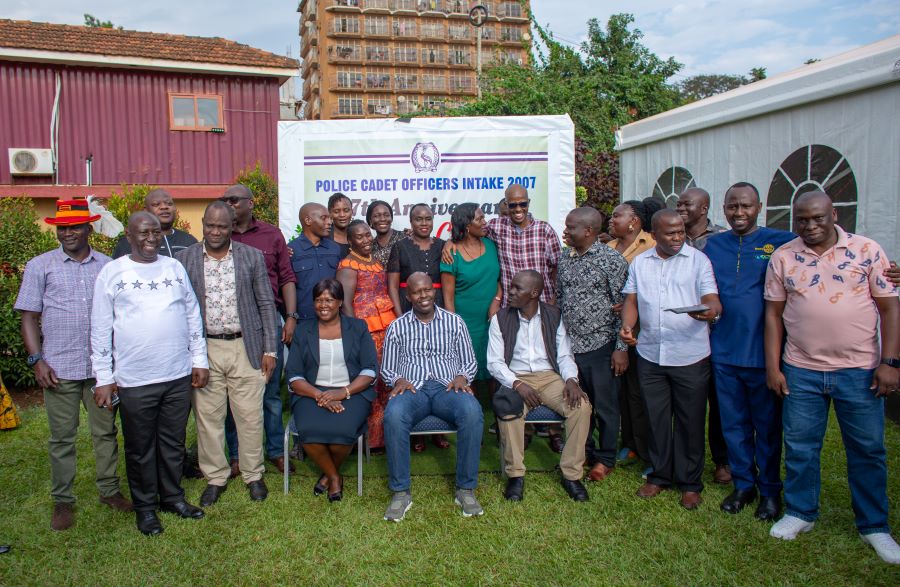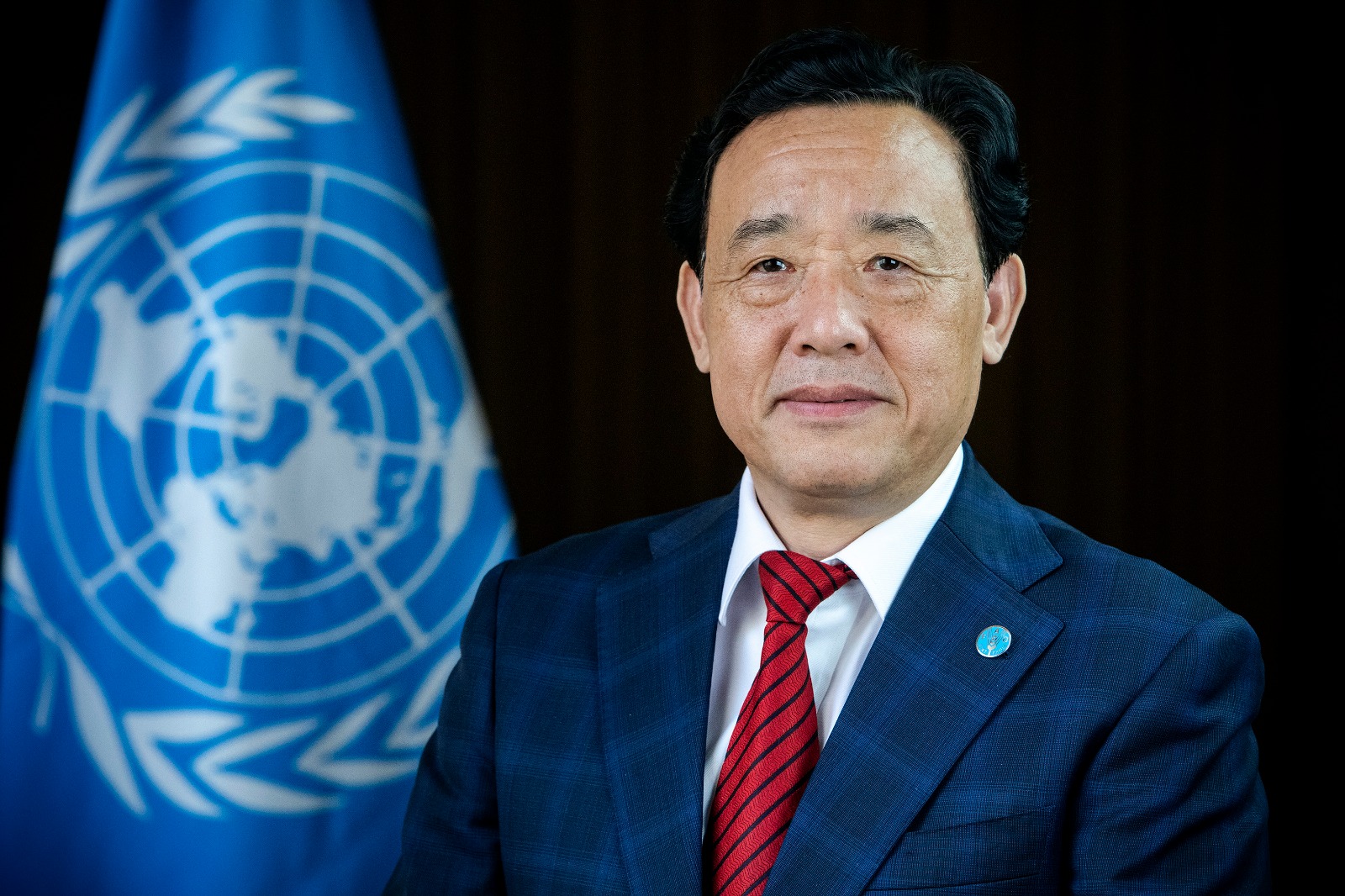By Michael Woira
As Uganda marks another Independence Day, it’s important to reflect on the strides the government has made in addressing poverty, creating jobs, boosting exports, and striving toward middle-income status.
Despite the global challenges, Uganda’s efforts to build a self-sustaining economy have shown resilience, particularly in the last few years, through targeted interventions that touch the everyday Ugandan.
For many years, poverty has been a persistent issue in Uganda, affecting the quality of life for millions of citizens. However, the government has remained committed to poverty reduction through a range of programs.
One key intervention is the Parish Development Model (PDM), which takes services directly to the grassroots, aiming to lift households out of subsistence farming into the money economy.
During the COVID-19 pandemic, Uganda saw a rise in income poverty from 19% to 22%, putting a strain on livelihoods. Yet, the government’s swift implementation of PDM and other affirmative action programs helped reduce the impact.
Today, local farmers and small traders in villages are accessing revolving funds, creating small businesses, and reducing their dependence on subsistence agriculture. Emyooga, another government program targeting local entrepreneurs, has also played a significant role.
It has empowered local Savings and Credit Cooperative Organizations (SACCOs), directly benefiting over 7,000 SACCOs with nearly 500 billion shillings.
This grassroots approach not only addresses poverty but also promotes social inclusion. Programs like the Women Entrepreneurs Fund and Special Grants for Older Persons and Persons with Disabilities (PWDs) ensure that even the most vulnerable in our communities are not left behind. Over 42 billion shillings have been directed toward PWDs alone, while women and older persons have received targeted funds to support their enterprises.
These interventions are transforming lives by enabling Ugandans from all walks of life to participate in the economy.
One of the government’s major victories in the post-pandemic period has been job creation. By focusing on industrialization, agro-processing, and service sectors, Uganda is slowly but steadily reducing its unemployment rate, particularly among the youth.
The National Development Plan III (NDPIII) set a goal of generating over one million jobs annually, and while the journey continues, significant progress has been made.
From FY2020/2021 to FY2021/2022, the number of formal jobs grew from 258,000 to 345,000, and projections for this financial year show continued improvement.
Through government programs such as Operation Wealth Creation and the Presidential Initiative on Skilling the Youth, thousands of young Ugandans have gained skills that are directly relevant to the job market.
For instance, over 13,000 learners have graduated from skilling programs, acquiring hands-on experience in areas like carpentry, tailoring, and mechanics.
Despite the externalization of labor, particularly in the Middle East where a large number of Ugandans work as casual laborers, the government has signed bilateral agreements to safeguard their rights. These measures not only ensure that Ugandans working abroad are protected, but they also create a sustainable framework for those returning home to reinvest their earnings into productive enterprises.
Uganda’s economy has shown resilience, even in the face of external shocks like the COVID-19 pandemic and rising global commodity prices.
In FY2022/2023, the Gross Domestic Product (GDP) growth rate hit 6.8%, surpassing the 4.7% growth of the previous year. This steady growth is a testament to the government’s prudent macroeconomic policies, which have maintained low inflation and created an environment conducive to investment.
One of the critical drivers of this economic performance has been Foreign Direct Investment (FDI), especially in the oil and gas sector.
As Uganda gears up to produce its first oil, the significant investments in infrastructure are expected to create thousands of jobs, boost exports, and reduce the import bill.
Currently, the government’s Import Substitution Strategy aims to reduce dependence on foreign goods by boosting local industries.
For example, investments in the petrochemical ecosystem, vegetable oil products, and pharmaceuticals are designed to produce goods locally that would otherwise be imported. This approach not only creates jobs but also strengthens Uganda’s balance of trade.
With time, Uganda aims to export more processed goods rather than raw materials, creating more value and higher revenue.
The agricultural sector, which employs the largest portion of Uganda’s population, has also been a major focus.
Despite some challenges, agricultural production has improved, with growth ranging from 2.8% to 5.3% in the past decade.
Government support for value addition and agro-processing is encouraging farmers to engage in export-driven activities, ensuring that Uganda continues to be a regional food basket.
The government’s goal to achieve middle-income status is now within reach. As of FY2021/2022, Uganda’s per capita income had risen to USD 1,055, exceeding the NDPIII target of USD 1,046. With continued growth, the government expects this figure to hit USD 1,198 by FY2024/2025.
Achieving this target requires a concerted effort across various sectors. For instance, the Uganda Development Bank (UDB), capitalized with over shs15 trillion , is supporting the growth of key industries such as manufacturing, tourism, and energy.
As more Ugandans access affordable financing through UDB, the capacity for job creation, export growth, and overall economic resilience increases.
Moreover, strategic government investments in key infrastructure projects, such as roads, electricity, and oil pipelines, are laying the foundation for sustained economic growth.
This infrastructure is essential not only for attracting foreign investors but also for ensuring that Ugandan businesses have the tools they need to compete on the global stage.
As we celebrate Independence Day, it is clear that Uganda is on a steady path toward achieving its economic and social goals.
The government’s commitment to poverty eradication, job creation, and economic resilience is yielding results that are visible in every corner of the country.
From local farmers benefiting from PDM to youth gaining skills through government initiatives, Uganda’s development journey is one where every citizen plays a role.
The road ahead is not without challenges, but with continued focus on inclusive growth, sustainable job creation, and economic diversification, Uganda is well on its way to middle-income status.
This year’s Independence Day serves as a reminder that together, we can build a prosperous future for all.












